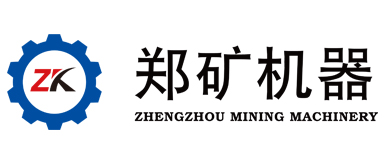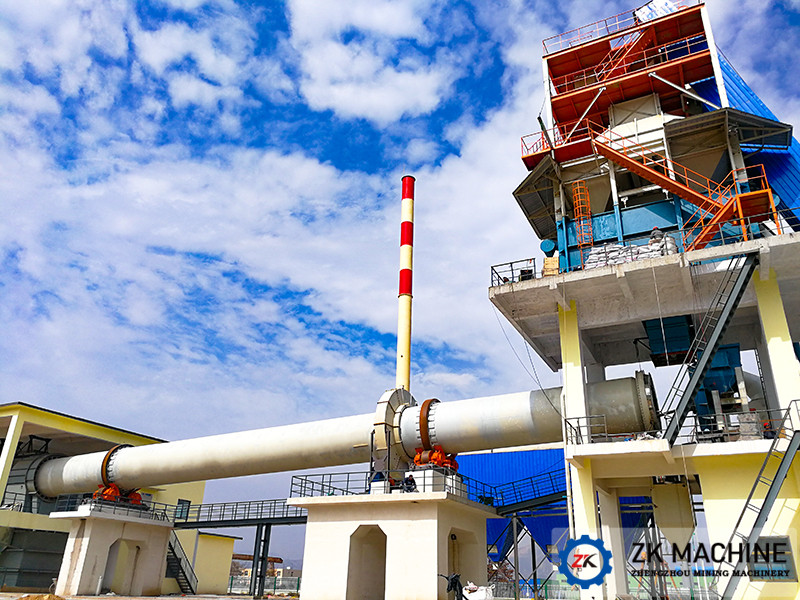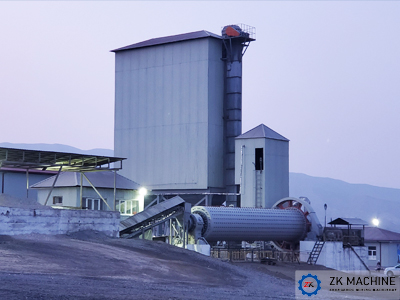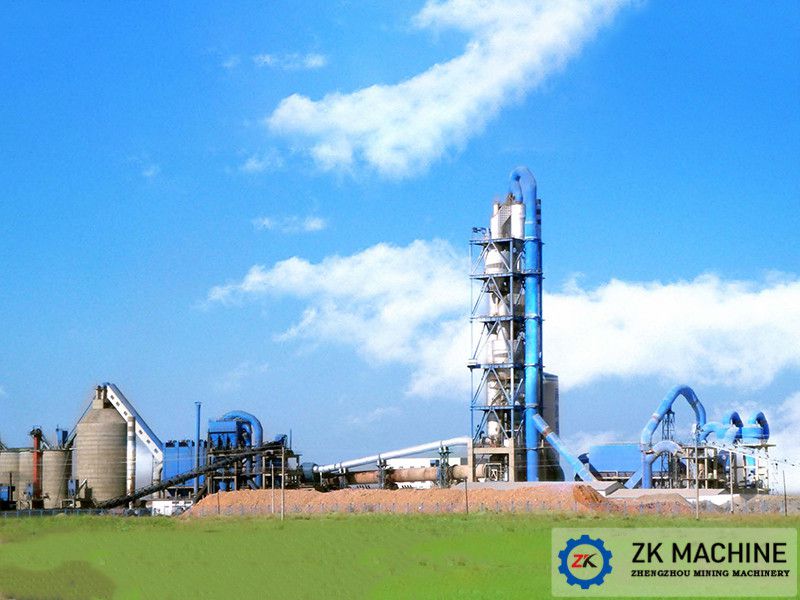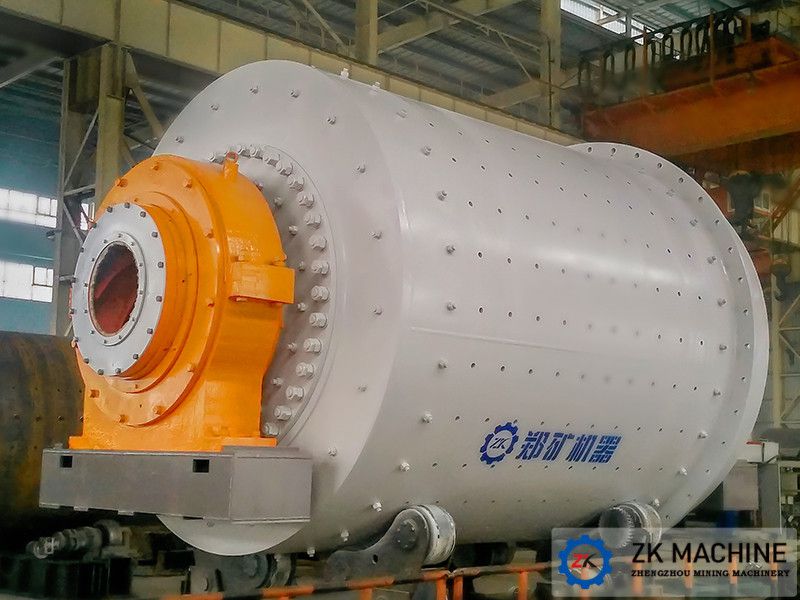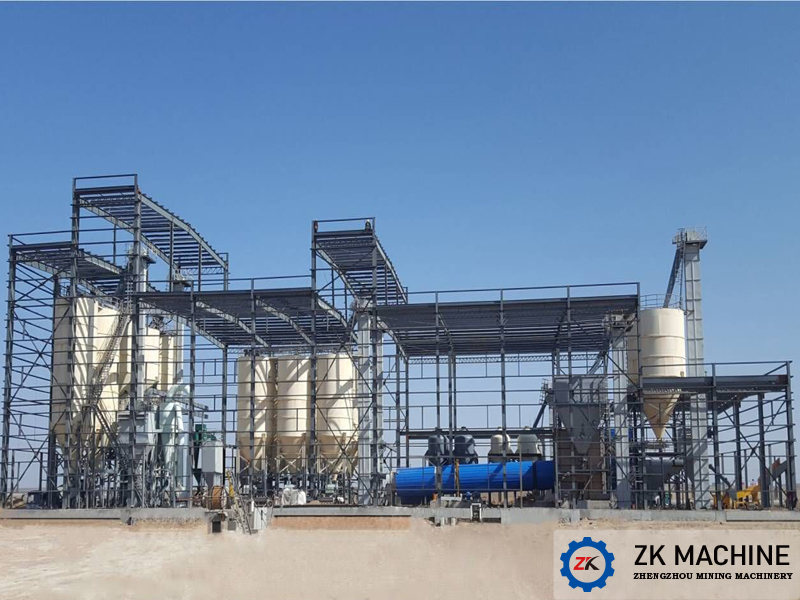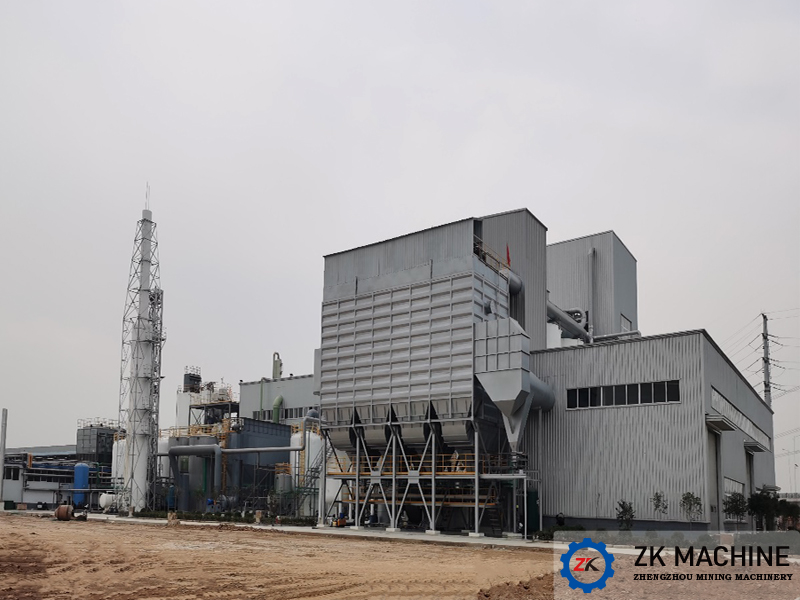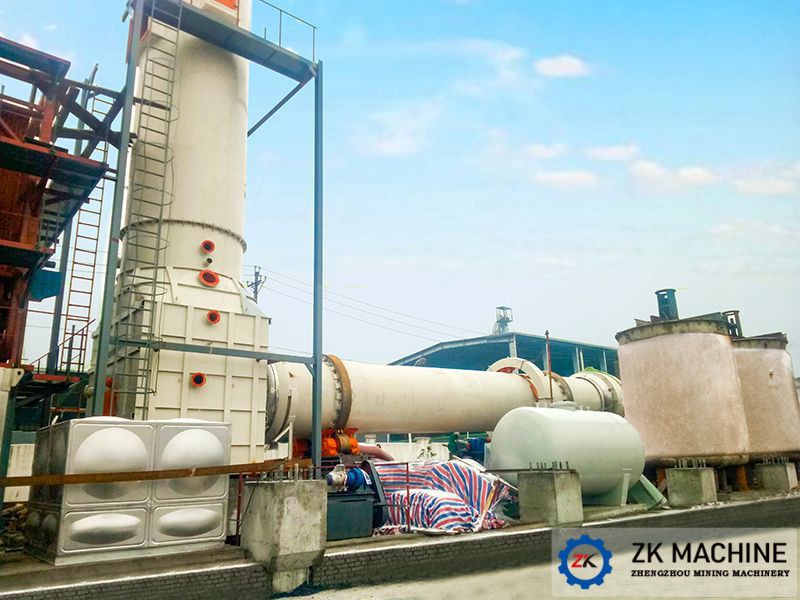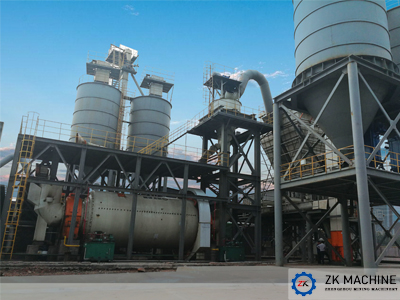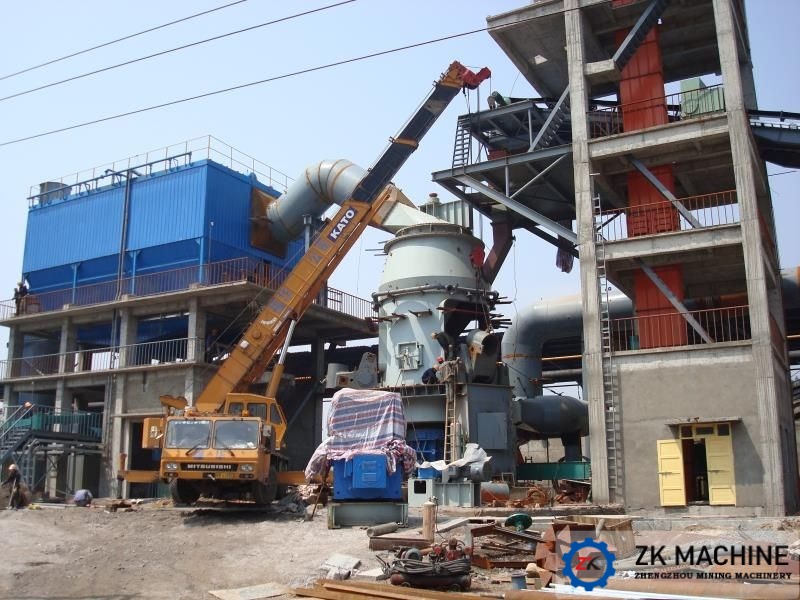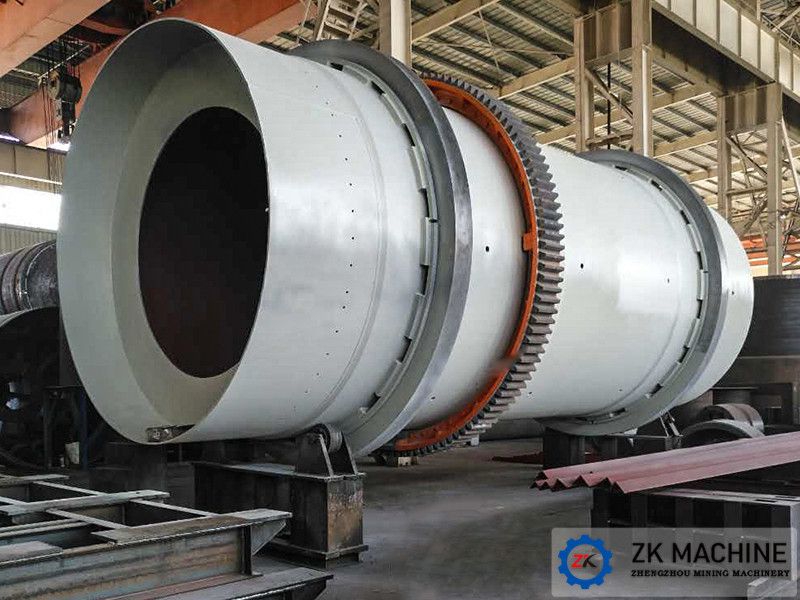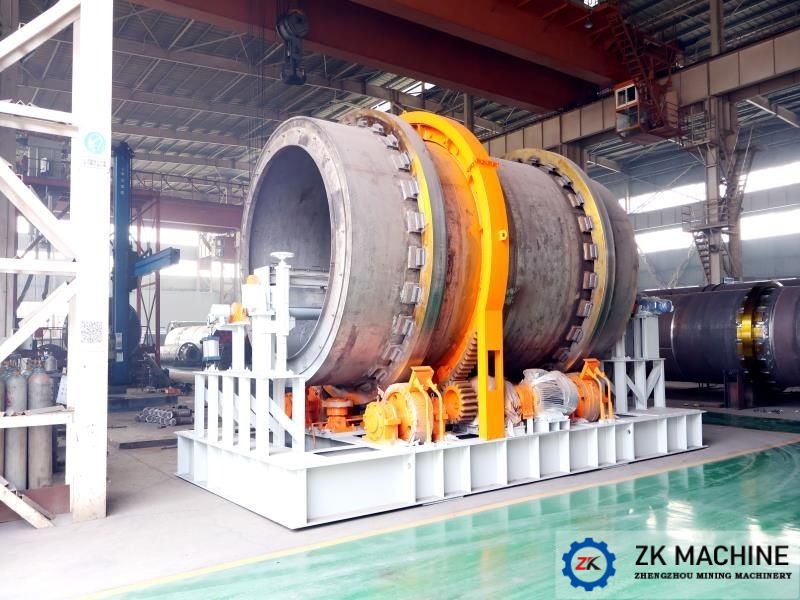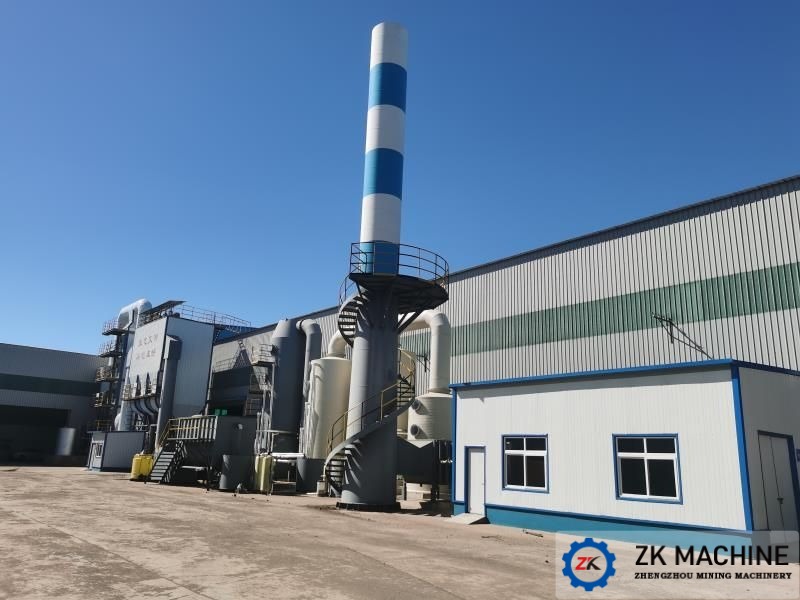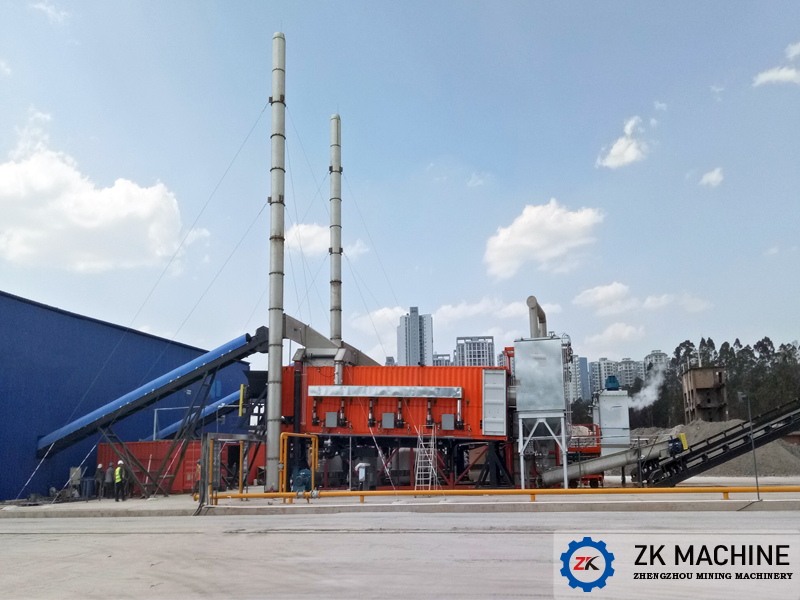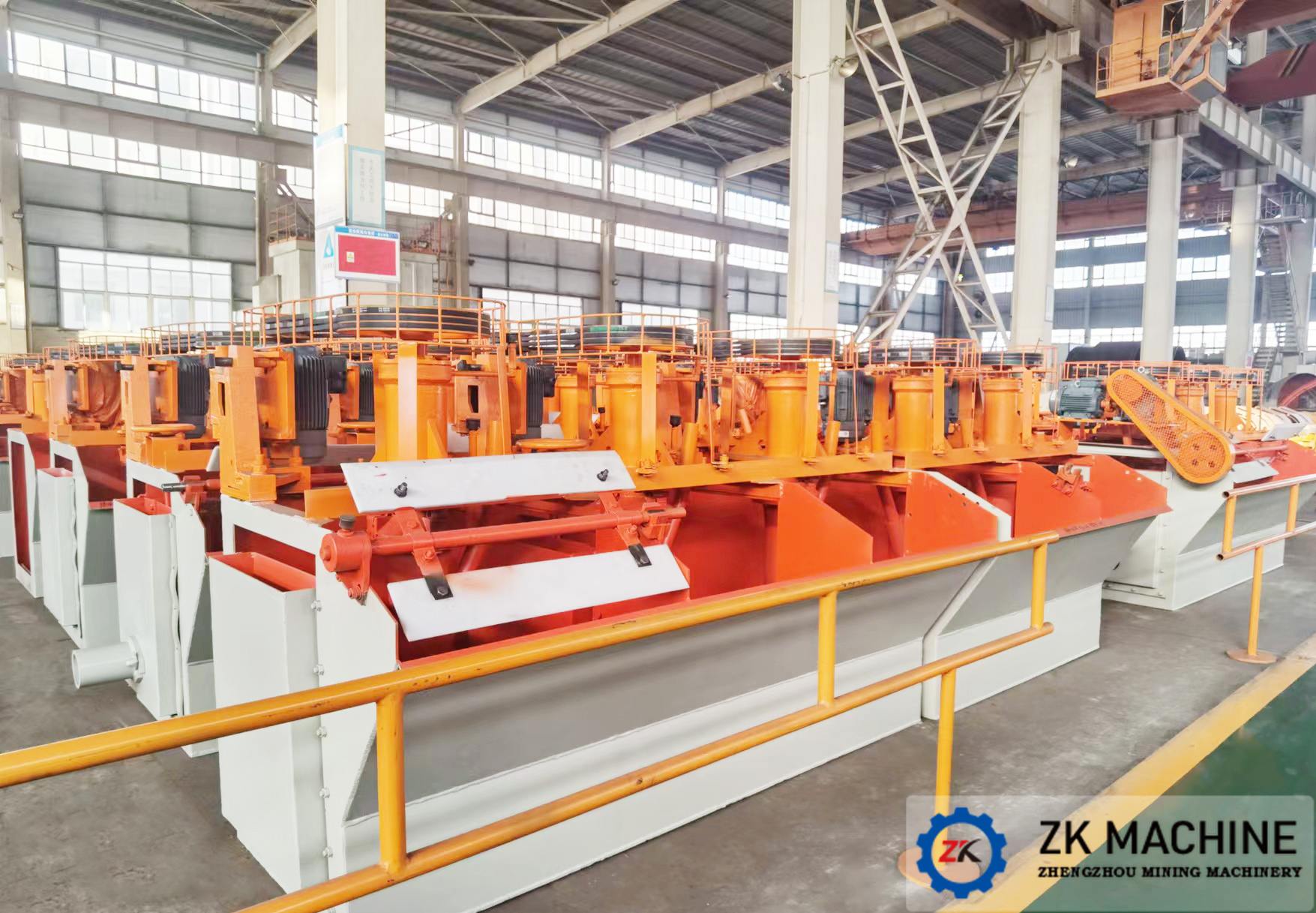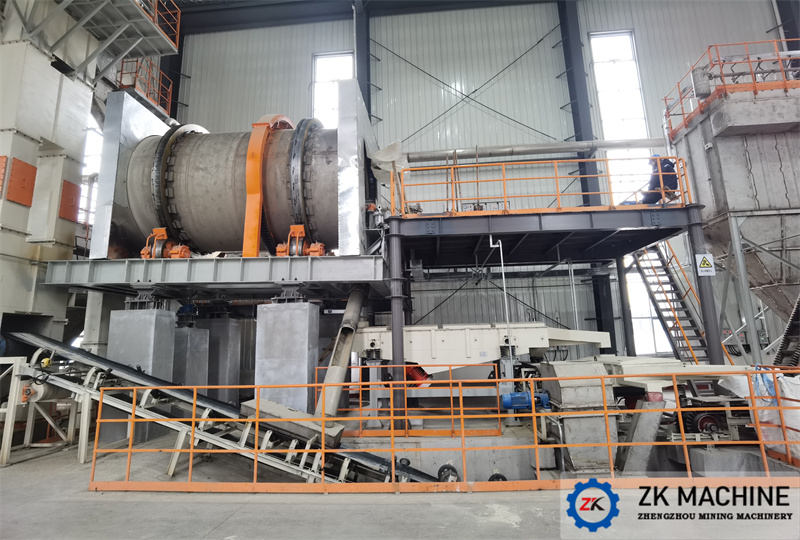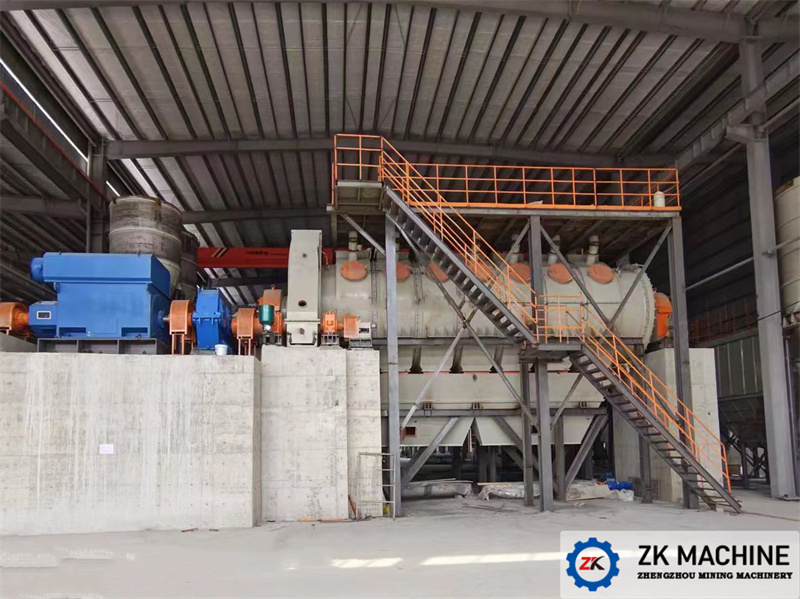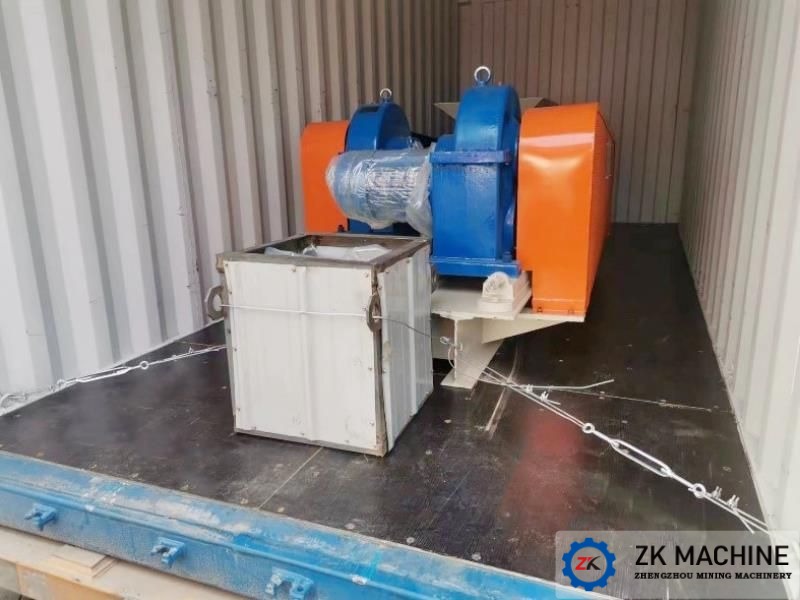Introduction to NE Plate Chain Bucket Elevator
NE plate chain bucket elevator is generally used to vertically convey crushed limestone, coal, gypsum, clinker, clay and other lump materials as well as coal powder, cement, raw meal and other powdery materials. The main advantages of the plate chain elevator are: simple structure, small footprint in the plane, large conveying capacity, high lifting height, and good sealing. The disadvantage is that it is highly sensitive to overload and must supply materials evenly, and the hopper and traction chain are easily damaged.
NE plate chain bucket elevator is mainly composed of transmission device, upper device, middle casing, plate chain, hopper and lower device; the upper device includes upper casing, transmission sprocket set; transmission device includes motor, reducer, transmission small Sprockets, transmission chains and inspection platforms, etc.; the upper casing is equipped with a discharge port and an inspection port; the middle casing is equipped with an observation hole; the lower device is equipped with a tensioning sprocket, and is equipped with a feed port and a driving sprocket. It is connected with the tensioning sprocket by a plate chain, and a hopper is installed on the plate chain.
When the elevator is working, the motor and reducer drive the driving sprocket to rotate together, and the driving sprocket drives the plate chain and the tensioning sprocket to rotate together. The material enters the hopper of the lower casing from the feed port, and as the plate chain moves Movement, the hopper is sent to the upper casing, and then the plate chain makes a circular motion with the driving sprocket, completing the flipping and discharging action, and the material flows out from the discharge port.
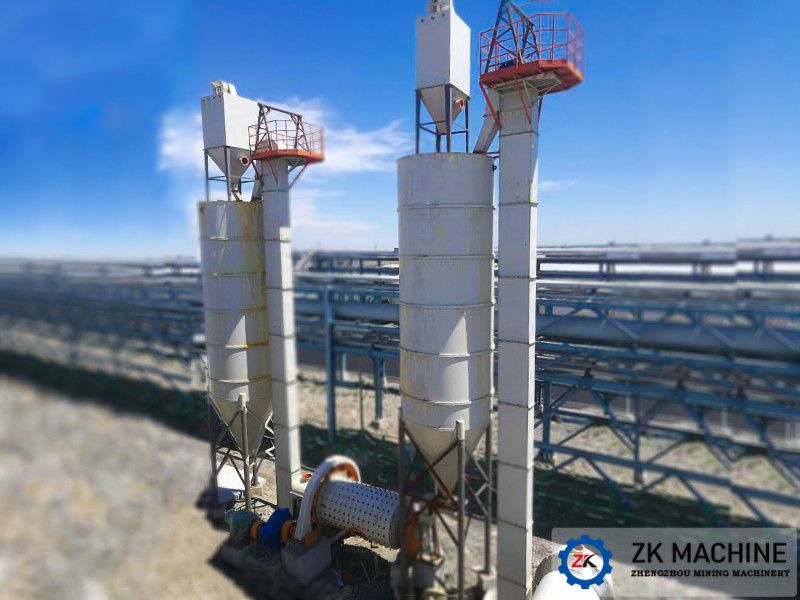
NE plate chain bucket elevator uses plate chain as the traction component. Its structure is relatively strong. It is mainly used for material transportation with high productivity and large lifting height. It can be used to transport large materials with high density and strong polishing ability, and can also be used for lifting. For hotter materials, the material temperature can reach 250°C, but the hinged joints are susceptible to material wear, making manufacturing and maintenance more complicated.
1. The elevator chain uses a roller chain, which has extremely strong tensile strength and wear resistance, and is reliably connected to the hopper.
2. The lower tensioning device of the elevator adopts spiral tensioning to adjust the tightness of the transmission chain. In order to prevent the tensioning sprocket from tilting after being subjected to uneven tension, the lower bearing adopts an aligning bearing to play the role of automatic alignment.
3. The middle shell of the elevator adopts a steel plate bending structure, which has strong rigidity and small welding deformation, which improves the overall performance of the elevator. An access door is provided on the casing to facilitate observation and inspection of the internal working conditions of the elevator. In case of failure, Convenient for maintenance.
4. The connection parts of the casing are sealed with asbestos rubber sheets to make the casing beautiful in shape and tightly sealed.
5. The position of the feed port is higher than the center of the bottom shaft, thus forming a charging method that combines inflow and extraction, which can avoid the blockage of the feed port aggregate, not only reduce the operating resistance of the elevator, but also increase the filling coefficient of the hopper .
6. Structural features of the hopper: The bucket mouth has a small downward inclination angle and a large depth, which is suitable for transporting small pieces of materials.
7. The specifications of plate chain bucket elevators are expressed in terms of conveying capacity, including NE15, NE30, NE50, NE100, NE150, etc. The lifting height is between 4~50m and can be customized according to customer needs.
